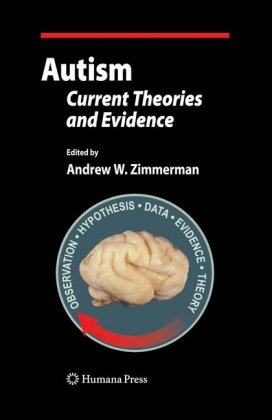- 2 402 202 книги
- Поиск
libcats.org









The Aesthetics and Politics of the Crowd in American Literature
Mary EsteveMary Esteve provides a study of crowd representations in Americanliterature from the antebellum era to the early twentieth century. Asa central icon of political and cultural democracy, the crowd occupiesa prominent place in the American literary and cultural landscape.Esteve examines a range of writing by Poe, Hawthorne, Lydia MariaChild,Du Bois, James, and Stephen Crane among others. These writers,she argues, distinguish between the aesthetics of immersion in acrowd and the mode of collectivity demanded of political-liberal subjects.In their representations of everyday crowds, ranging fromstreamsof urban pedestrians to swarms of train travellers, from upper-classparties to lower-class revivalist meetings, such authors seize on thepolitical problems facing a mass liberal democracy – problems such asthe stipulations of citizenship, nation formation, mass immigration,and the emergence of mass media. Esteve examines both the aestheticand political meanings of such urban crowd scenes.
Скачать книгу бесплатно (pdf, 1.41 Mb)
Читать «The Aesthetics and Politics of the Crowd in American Literature»
Читать «The Aesthetics and Politics of the Crowd in American Literature»
EPUB | FB2 | MOBI | TXT | RTF
* Конвертация файла может нарушить форматирование оригинала. По-возможности скачивайте файл в оригинальном формате.
Популярные книги за неделю:

Проектирование и строительство. Дом, квартира, сад
Автор: Петер Нойферт, Автор: Людвиг Нефф
Размер книги: 20.83 Mb

Система упражнений по развитию способностей человека (Практическое пособие)
Автор: Петров Аркадий НаумовичКатегория: Путь к себе
Размер книги: 818 Kb

Сотворение мира (3-х томник)
Автор: Петров Аркадий НаумовичКатегория: Путь к себе
Размер книги: 817 Kb

Радиолюбительские схемы на ИС типа 555
Автор: Трейстер Р.Категория: Электротехника и связь
Размер книги: 13.64 Mb
Только что пользователи скачали эти книги:

Социология образования
Автор: Дюркгейм Э.Категория: Общественные науки политология социология
Размер книги: 280 Kb

Autism: Current Theories and Evidence
Автор: Andrew W. ZimmermanКатегория: science_books, psychology_behavior
Размер книги: 6.07 Mb

Building More Effective Organizations: HR Management and Performance in Practice
Автор: Ronald J. Burke, Автор: Cary L. CooperКатегория: Техника, Строительство
Размер книги: 2.62 Mb

Historical Role Analysis in the Study of Religious Change: Mass Educational Development in Norway, 1740-1891 (American Sociological Association Rose Monographs)
Автор: John T. FlintКатегория: История
Размер книги: 4.39 Mb

Homogenization: In Memory of Serguei Kozlov
Автор: S M Kozlov; V L BerdichevskiiМ†; VasiliiМ† VasilК№evich Zhikov; George Papanicolaou (eds.)
Размер книги: 5.36 Mb




